True enough, you can go some way towards eating yourself happy. While a good diet alone will not bring you happiness, making good food choices is the bedrock of contentment.
The key to attaining good health and feeling on top of the world lies in physical exercise (by now, we know all about the benefits of physical exercise in terms of boosting dopamine and serotonin secretion!) as much as diet. A clean eating diet, of course, and also one that is varied, colourful and full of vitamins through the changing seasons.
Summer is colourful
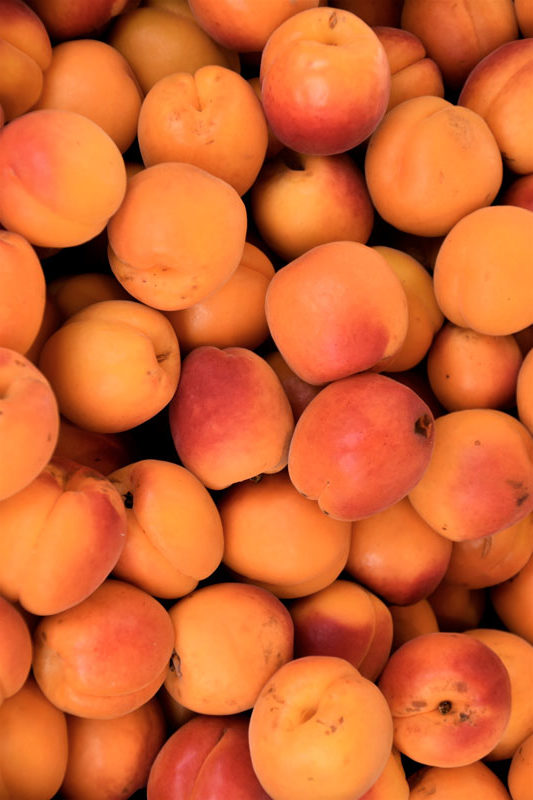
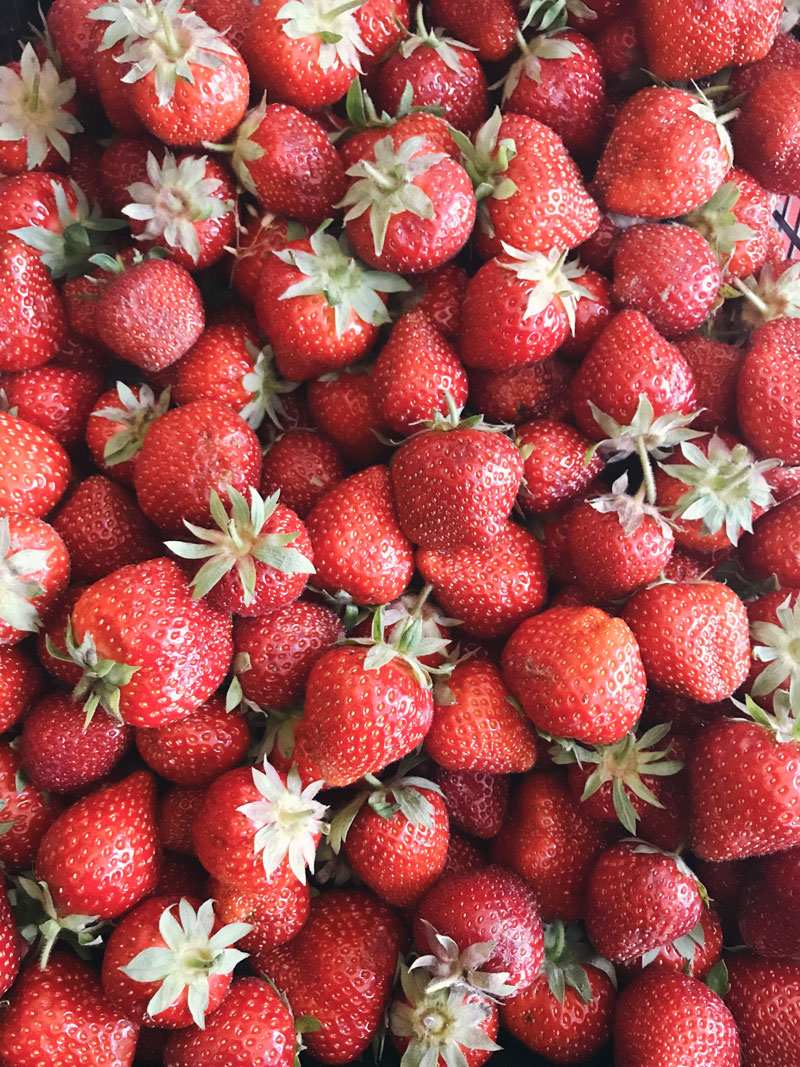
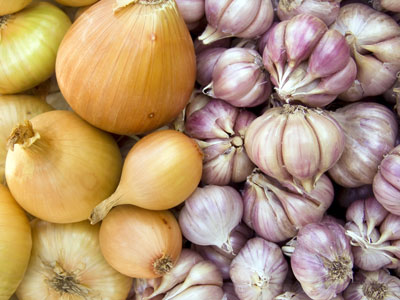
A holiday is the perfect opportunity to discover or rediscover the delights of street markets. For some, it is even the breakthrough moment that will mark the first steps towards a clean eating diet. The traders’ stalls are full of colourful fruit and vegetables. The more colourful your basket contents are, the greater the variety of vitamins, minerals and nutrients that you’ll be getting. Bear that in mind whenever you’re shopping and putting your day’s meal plan together. Except in the case of a detox, where green is the order of the day, take your pick of red, purple, yellow, orange, green and white produce to put together a balanced meal. Add seafood if you like it – it’s a real powerhouse of minerals and trace elements. High in amino acids, which help the body to assimilate vitamins and magnesium, it’s the ideal food to put you in a good mood. Summer is the prime time to stock up on vitamins A, B, C, D, E and K… Simply put, they’re all there and that’s a joy in itself!
Autumn is about magnesium

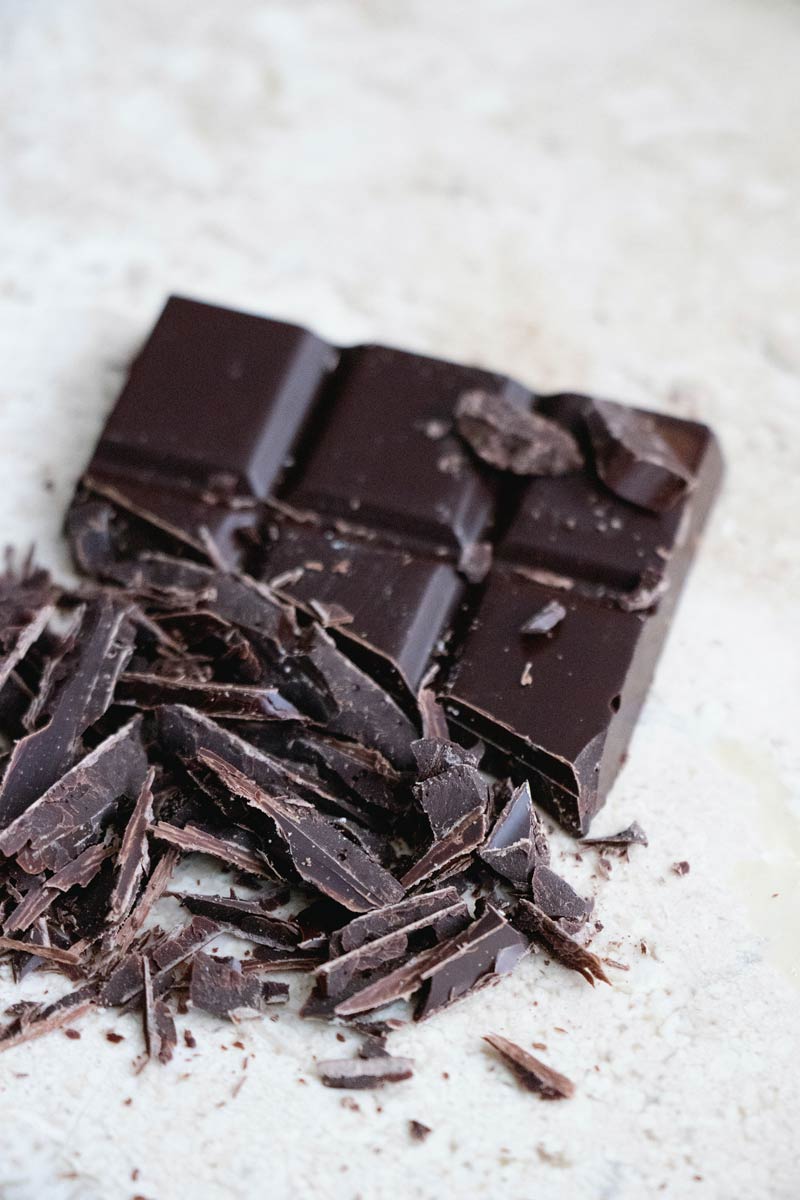

The light is fading, temperatures are slowly dropping and your spirits need a lift. Holidays and long summer evenings are but a memory, and it is not unusual to get the back-to-school blues. So in terms of diet, favour tiredness-busting foods and those that fight depression. Go all out for nuts (cashews, walnuts and Brazil nuts). They are all packed with magnesium, omega 3s, methionine (an amino acid that boosts the secretion of melatonin, which regulates sleep and circadian rhythm). While you will have heard a wealth of contradictory claims about chocolate, it is indeed high in magnesium, provided that you go for the high-quality dark variety, high in cocoa solids, organic or even raw. Pair it with banana or some cereal. Why not have homemade granola at afternoon snack time, around 5 p.m., when the need for serotonin is at its greatest? You can make it with nuts, almonds, pumpkin, sunflower and flax seeds, to which you can add a pinch of buckwheat and sesame seeds, a few dark chocolate chips and slices of banana. Magnesium is a major regulator of stress, which drives up cortisol levels in the blood. And an excess of cortisol – leading to a drop in serotonin synthesis – is guaranteed to bring on the seasonal blues, or even depression if the vicious circle is sustained. In addition, don’t forget spices such as cinnamon, cumin, turmeric and pepper. They ease digestion, have a warming effect on the stomach as well as the mind, and most importantly, are energising.
Winter is about vitamin D

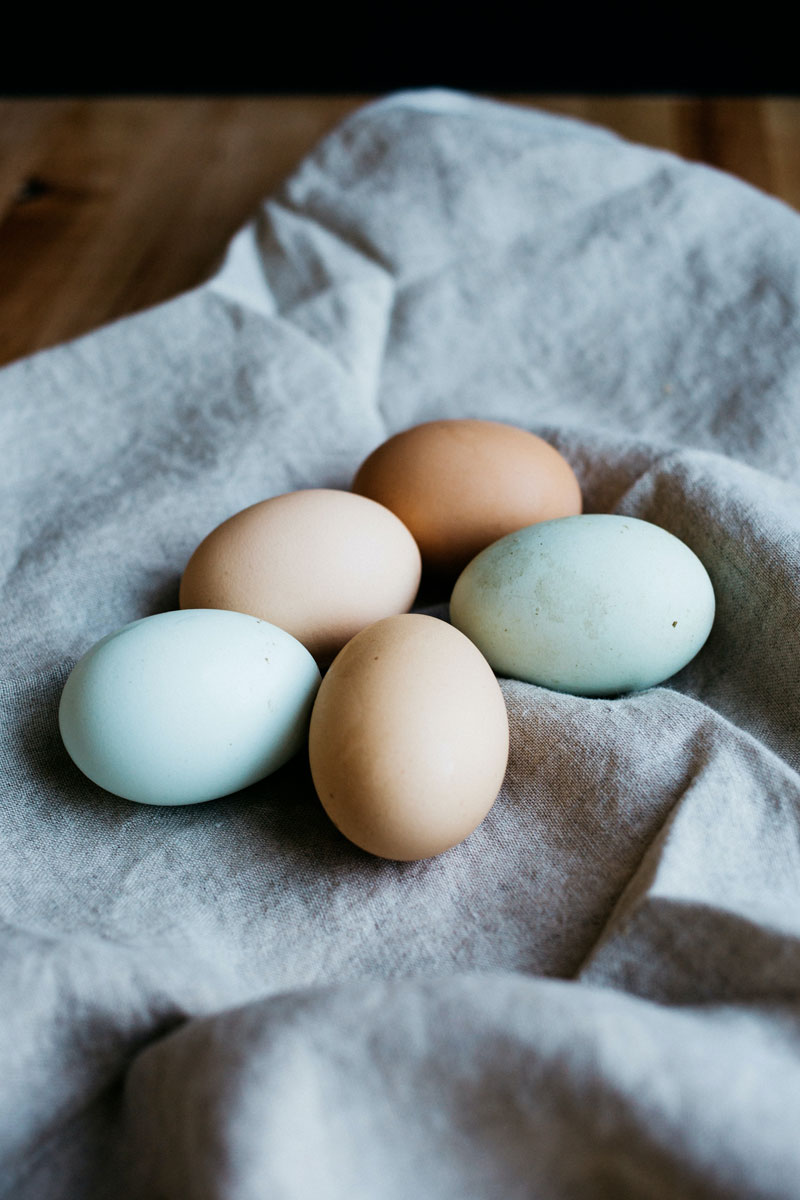
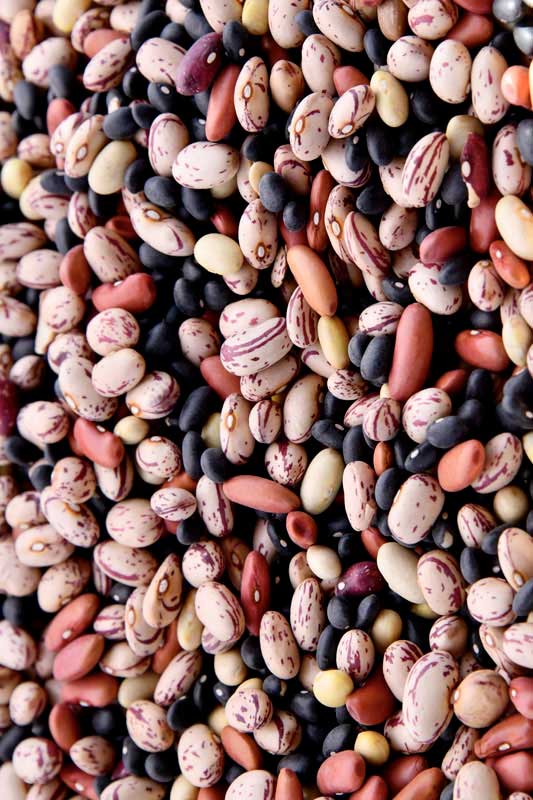
That’s it, now the days are shorter than the nights. But far from being a harbinger of depression, this season also brings with it the pleasure that is cocooning, like in Nordic countries where interiors are about light, softness and warmth. And the same goes for diet! The sun is veiled, and the synthesis of vitamin D slowed. Now is the time to supplement your daily diet with high-quality vitamin D, as it is known to be directly linked to the seasonal blues and even depression. To lower the risk of deficiency naturally, put together the perfect meal with fatty fish (anchovies, salmon, herring, mackerel), calf’s liver, cod, roe, egg yolk, mushrooms, oysters, cheese, butter, milk, etc. Vegetarians can rest assured that a dish of legumes, vegetables and cereals constitutes a clean, balanced supply of nutrients. All you need to do is supplement with a course of vitamin D throughout the winter to compensate.
Spring is about lightening things up
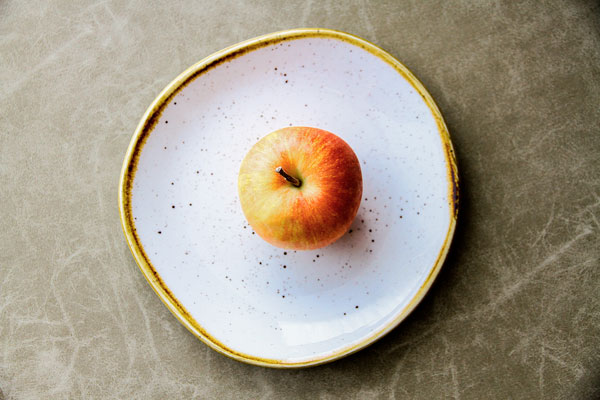

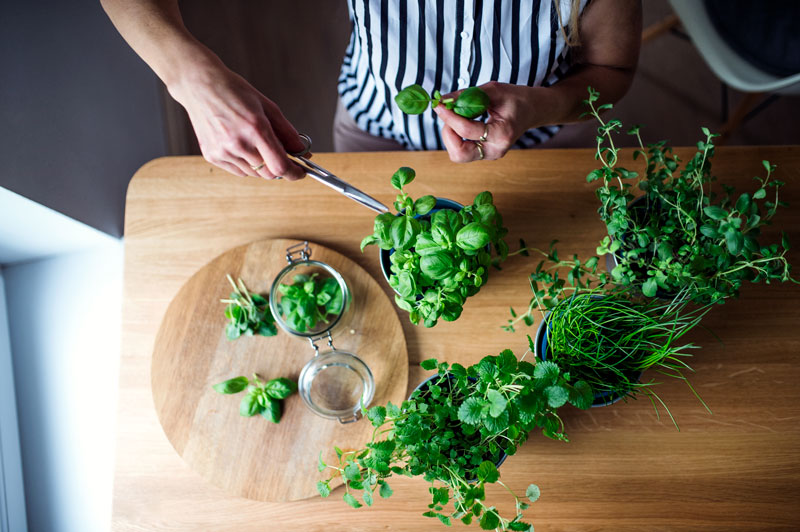
You’re coming out of a season of near hibernation, during which you gave pride of place to rich, fatty foods that warmed you up and compensated for the lack of sunlight. Spring signals the arrival of lighter dishes, or even fasting (always under supervision). More simply, a mono diet is a great thing to have in the toolkit to lift the gloom. Start off by opting for mood-regulating foods (again, seasonal ones) like all the new-season vegetables. As their name suggests, they are fresh from the earth and full of vitamins and the energy of new beginnings (artichoke, carrot, cucumber, fennel, lamb’s lettuce, morels, sorrel, apple, pear, kiwi, asparagus, radish, etc.) Combine them with sprouted seeds, which are real powerhouses of nutrients and vitamins. Go for B vitamins too, found in certain spices such as paprika, turmeric and pepper, as well as offal and seafood. They act on the nervous system and have an immediate effect on mood. Lastly, use aromatic herbs liberally. They put a fresh twist on dishes, juices and smoothies and add a touch of chlorophyll to ward off the blues.
Our 10 feelgood foods

If you had to keep just 10 foods to fight the gloom, they would be as follows:
- Salmon due to its omega 3s, which has been proven to have an effect on depression. The good fats in this fish regulate sleep disorders, as do sardines and herring. So eat them three times a week.
- Dark chocolate, an effective antidepressant, is to be savoured mindfully… In portions of two squares per day at the most.
- Banana, due to its magnesium and vitamin B6, which are great stress busters.
- Avocado, whose good fats and tyrosine keep high blood pressure and diabetes under control as well as your mood. Because it is high in tyrosine, a precursor of dopamine, it has got to be the best good mood food of all. As long as you don’t eat excessive amounts, for environmental reasons, since the cultivation of avocados takes a great deal of water. Buy them in season via a short supply chain so as to rein in the carbon footprint.
- Tomatoes and their red hue indicative of lycopene, a great antioxidant that’s guaranteed to put you in a good mood! Eating tomatoes between three and six times a week is thought to almost halve the risk of developing depression.
- Fermented foods (such as pickles, sauerkraut, etc.) contain natural probiotics that pamper the gut microbiota, and thus the second brain. You can eat them every day if you like. The levels of serotonin and dopamine secreted by the digestive tract will be all the higher for it.
- Oilseeds (nuts, almonds, etc.) are so high in selenium, magnesium, omega fatty acids and amino acids that a small handful each day is your ticket to tranquillity.
- Fruit and vegetables, of course, and red-coloured fruits in particular. Very high in antioxidants, fibre and vitamin C, they help the cells stay young and in good spirits!
- (Wholegrain) cereals, and the pseudocereal buckwheat in particular, are full of vitamin B, which is perfect for balancing the nervous system. You can eat them every day if you want.
- Coffee. It has been much maligned, but as long as you don’t drink more than three small cups a day, it is an energising drink that does you good. Other examples of feelgood drinks are golden milk (coconut milk and turmeric) and chai latte (spices, tea and plant-based milk), to be drunk whenever you feel like it!







